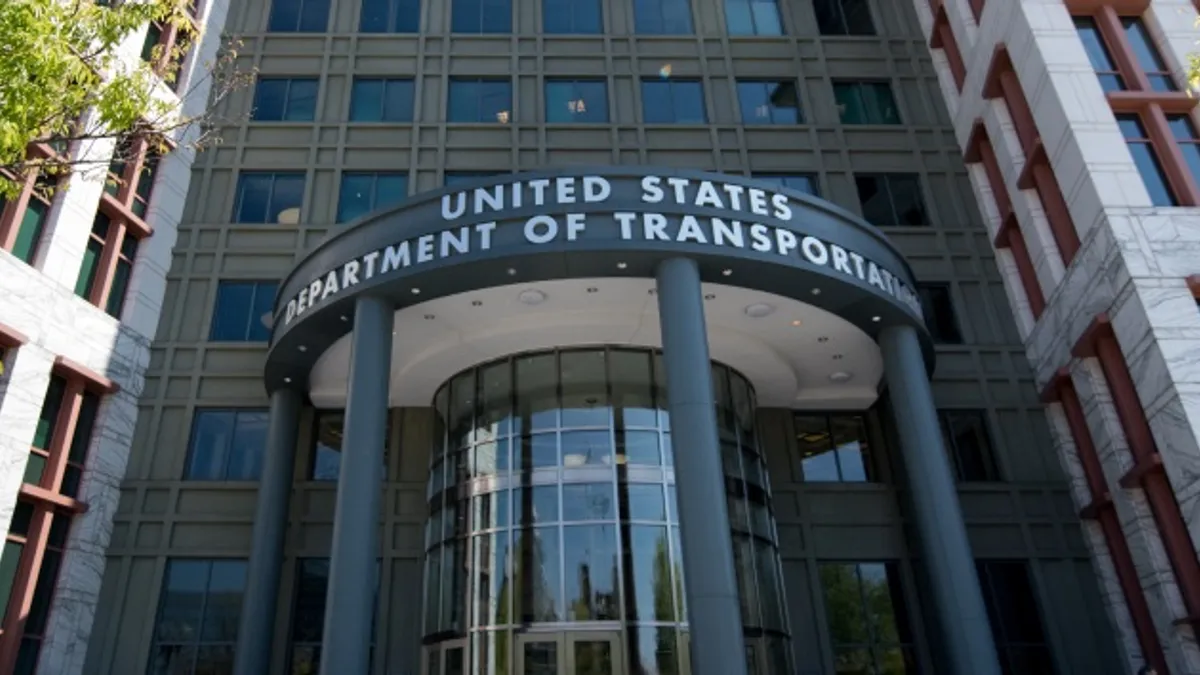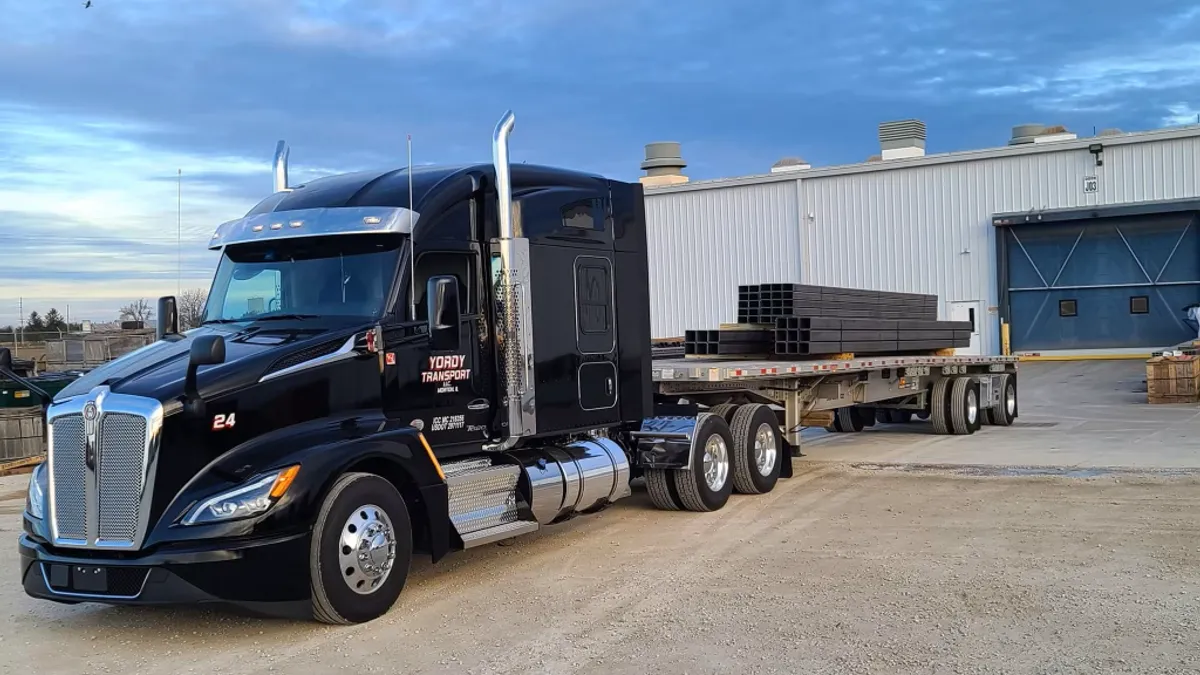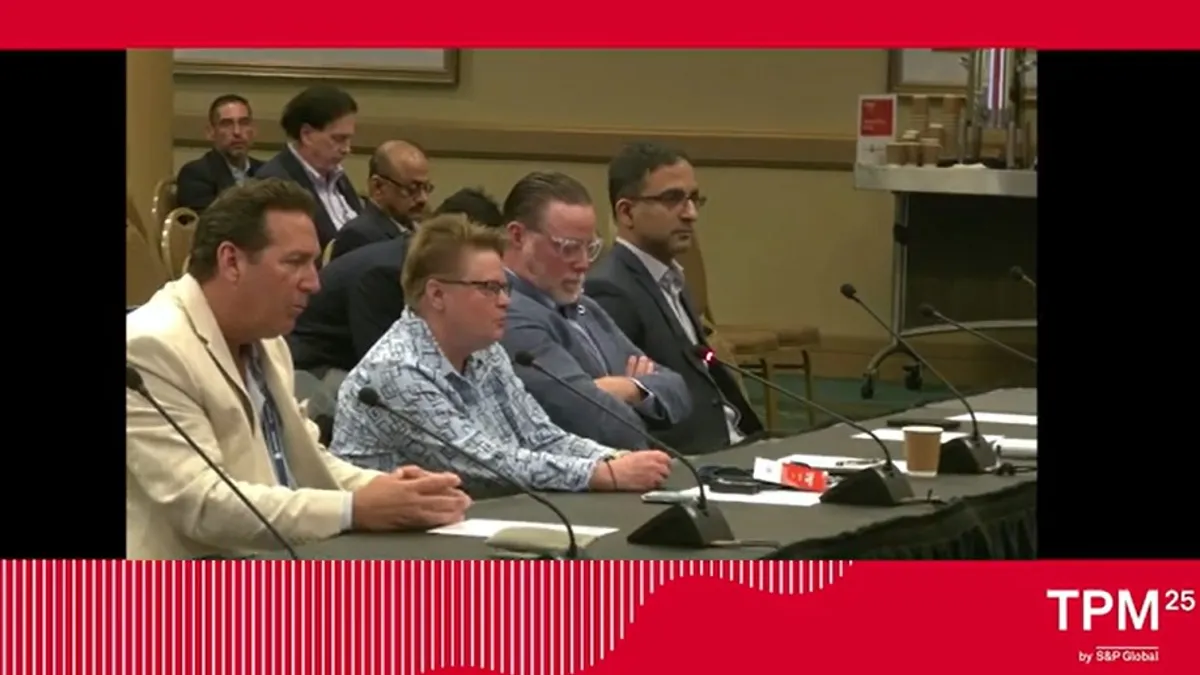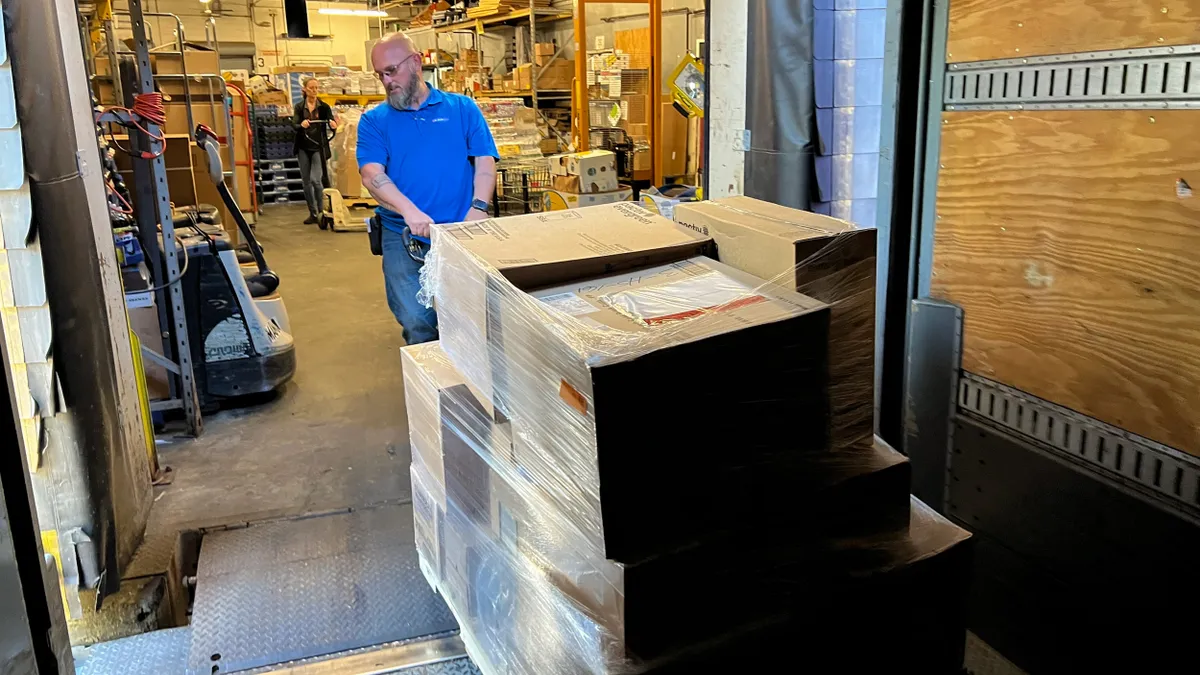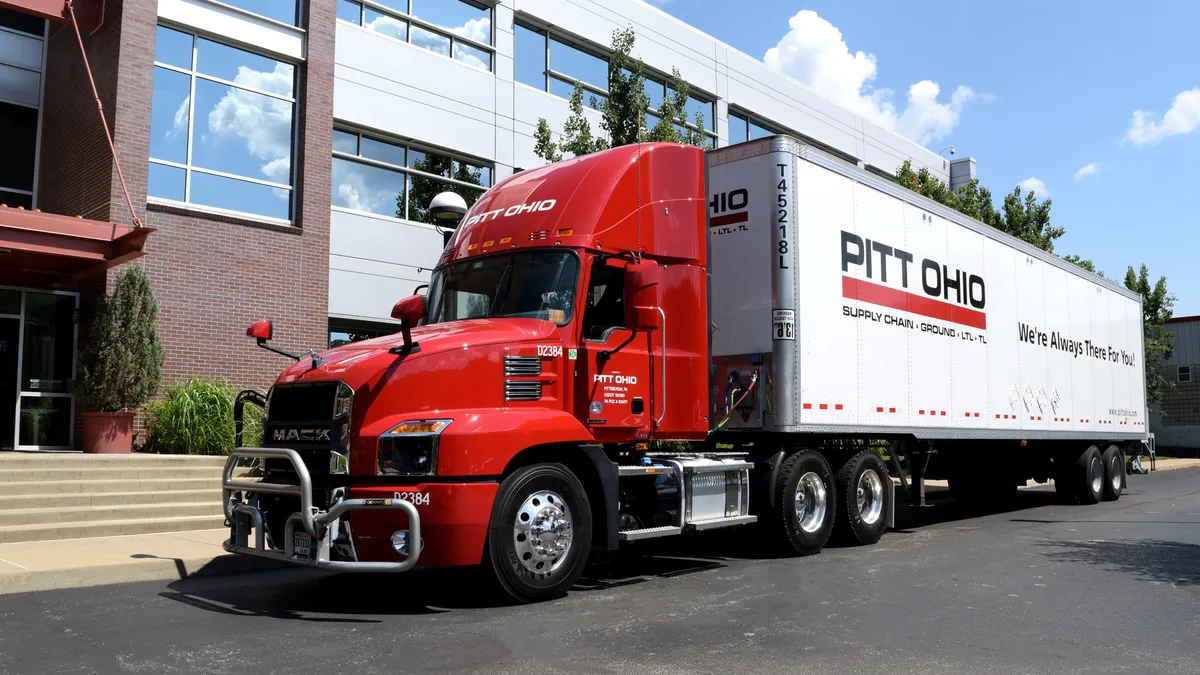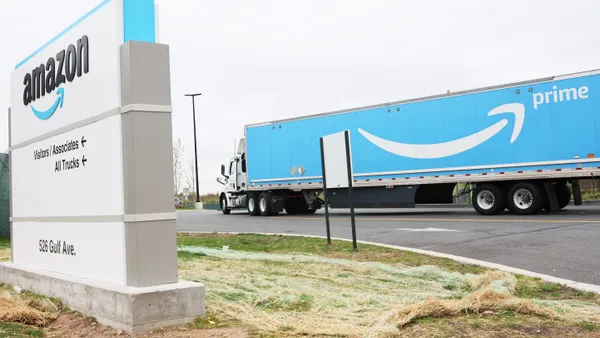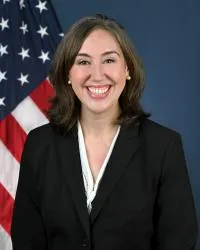
Allison Dane Camden has been hiring staff and making the rounds with supply chain stakeholders in the past few months as head of the first U.S. federal government office dedicated to multimodal freight issues.
Those interactions, which are ongoing, have helped Camden settle into her new role as the inaugural U.S. assistant deputy administrator for multimodal freight infrastructure and policy, she said in an interview.
The job brought Camden back to Washington, D.C., where she once served as a staffer on Capitol Hill. She has spent the past dozen years at the Washington State Department of Transportation.
Camden discussed her background, the new multimodal freight office, the Freight Logistics Operations Works (FLOW) initiative, and state and national freight plans in the course of a 10-minute interview Friday.
Editor’s note: This interview has been edited for brevity and clarity.
TRUCKING DIVE: Could you share a bit about your multimodal background with the Washington State Department of Transportation?
ALLISON DANE CAMDEN: Washington DOT created a group called Multimodal Development and Delivery that was really the core engineering functions of headquarters, so the construction division and maintenance division, traffic and operations divisions, along with the modal division, so aviation, ports and public transportation, as examples of our 11 divisions.
It was meant to look for multimodal solutions to the state's transportation challenges. I served as the Deputy Assistant Secretary, leading that group of professionals along with the Assistant Secretary to find multimodal solutions — it was a fun job.
How is the federal multimodal office coming together?
CAMDEN: We are a small but mighty office. We have got five folks on the team as of this week. We're really taking a look at our long-term needs to set this office up for success. We do plan to grow, but want to do that in a smart, efficient way.
It’s me as deputy assistant secretary; a gentleman who came on board during the height of the supply chain crisis, who has actually been working to get our FLOW Initiative off the ground; and a woman that came over from the Federal Highway Administration (FHWA) who's working hard on FLOW with our industry partners.
And then we've got a couple of detailed staff members from the Office of the Secretary and FHWA who are helping really focusing on state freight plans and the National Multimodal Freight Network designations that we need to take up in the new year.
What’s the progress on states submitting their freight plans?
CAMDEN: We've only got 10 outstanding plans that haven't been submitted. Most of those are not due yet. Those states are current with federal requirements. Their due date just hasn't come up.
The partnership among the state DOTs and FHWA and the division office will continue to be an important link. State freight plans will come to headquarters, and we will have a multimodal approach to reviewing those, providing feedback, and ultimately approving them.
We've got one that's been submitted last month, and I would expect another couple in the next few months. But the bulk of them won't be due until 2025 or 2026.
What about the national freight plan?
CAMDEN: That was last completed in the fall of 2020, and it's due five years later. So we're looking at the fall of 2025 for getting that next iteration done. And a big part of that next plan will be getting the National Multimodal Freight Network designated because that is a big part of the plan as required by Congress.
How much is the national plan built on the state plans?
CAMDEN: I was not involved in the creation of the last national plan. But, in my mind, it only makes sense to build on the good work of the states and looking to them as partners who know their systems best. So those plans will very much influence the national plan.
How is the FLOW initiative progressing?
CAMDEN: FLOW is in a great spot. We have come so far in the last year and a half, where we've got 65% of all bookings as a part of FLOW these days. The first tranche of data was just made available this fall, so our partners who are are part of FLOW are getting data for the first time. They're able to use it, add it to their own data and modeling to help them make decisions.
We're feeling really good about where we are. In November, we held our first technical training with our FLOW partners to help them think through how they might use that FLOW data. We're excited to grow the program.
What's been the response from the participants you've talked to so far?
CAMDEN: A lot of excitement. I've only been here a couple months, but I've met with a couple of those partners and was talking with folks at the technical training, and they're seeing it as very helpful. It's helping them see a bigger part of the supply chain that they really couldn't see before, and they're excited to have it.
I've met with Home Depot — they were here in October — and they were really open about how much they were enjoying having that extra data.
How's the new role? Are you enjoying being back in Washington, D.C.?
CAMDEN: It's been great to be back in D.C. It's a certainly different experience. I did not have children the last time I lived here, and now I've got my kids, so it’s different. But it's been great.
Everyone at DOT has been super warm and welcoming, helping me get up to speed on the work that's been going on, and I've been really having fun meeting with all the different stakeholders.
I'm plugging away at getting to meet with everybody. I have a long list of folks that I still need to get with, but they've been really excited, and that really increases my enthusiasm. I've really been having a lot of fun talking with folks about what they'd like to see from the office, and where we want to take things. It’s been great being back.
This story was republished from our sister publication, Trucking Dive. Sign up here.



